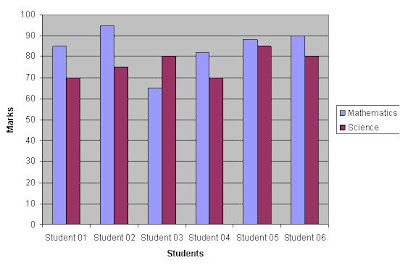A matrix is a rectangular array of symbols, numbers or expressions which were arranged in a sequence of rows and columns. These having only one row (1 x n) is known as a row vector and if it is having only one column (m x 1) is called as a column vector. The forms of these which are of the same size can be subjected to both addition and subtraction by element to element.
Matrix Addition and Subtraction
If in case when two matrices are needed to be either added or subtracted, then there lays a condition. It is the condition that both of these should be of the same order. This means that both of the forms involved in the operation should have the same number columns and rows. The expression generally used to represent the addition and subtraction is as follows.
Zij = Aij + Bij . This means that the elements of the ‘i’ row and column ‘j’ of the matrice A and the elements of the ‘i’ row and ‘j’ column of the B are added or subtracted. When we do this, then it will result in a new matrix of the same order in which addition or subtraction was done. This is nothing but Z form which has ‘i’ rows and ‘j’ columns.
Matrix Addition Rules
As we saw earlier about the order of matrices that is to be added or subtracted should have the same order there lays one more rule or necessity for doing addition. When ‘m’ is the total number of rows and ‘n is the total number of columns; then ‘i’ will be greater than or equal to 1 and less than or equal to ‘m’. Also ‘j’ will be greater than or equal to 1 and less than or equal to ‘n’.
Let us see an example for both Matrix addition and Matrix Subtraction.
- Let us consider of A and B matrices having two rows and three columns. The matrice A has elements 1, 2 and 3 in the first row and 4, 5 and 6 in the second row. While the B has elements 3, 4 and 5 in the first row and 7, 8 and 9 in the second row. Now for Addition, we do first row as 1+3, 2+4 and 3+5. Also for second row, we do as 4+7, 5+8 and 6+9. Hence we will get a final part of first row as 4, 6 and 8 and second row with elements as 11, 13 and 15.
- Similarly subtracting instead of adding from the above step, we will get a matrice with first row elements as -2, -2, -2 and second row as -3,-3,-3. This is better known as its subtraction form.




